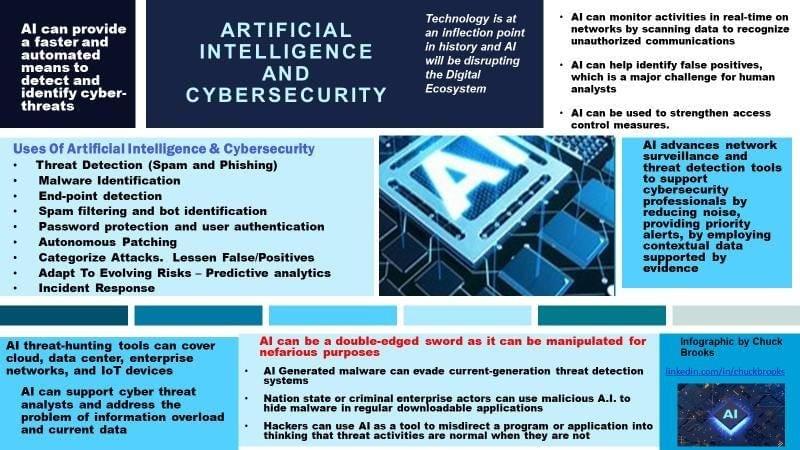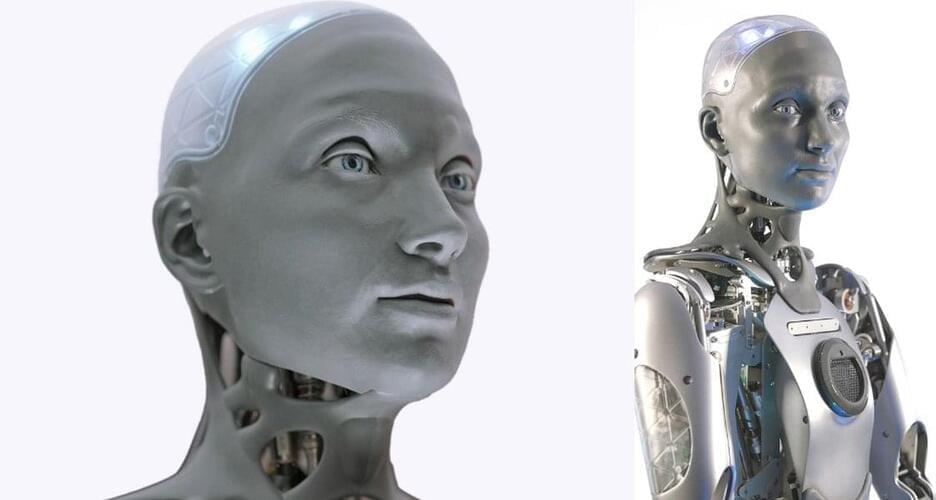Threads ranks near the bottom of the most popular social apps and continues to trail X, according to Insider Intelligence’s first forecast of the Twitter clone.



When you type a question into Google Search, the site sometimes provides a quick answer called a Featured Snippet at the top of the results, pulled from websites it has indexed. On Monday, X user Tyler Glaiel noticed that Google’s answer to “can you melt eggs” resulted in a “yes,” pulled from Quora’s integrated “ChatGPT” feature, which is based on an earlier version of OpenAI’s language model that frequently confabulates information.
“This is actually hilarious,” Glaiel wrote in a follow-up post. “Quora SEO’d themselves to the top of every search result, and is now serving chatGPT answers on their page, so that’s propagating to the answers google gives.” SEO refers to search engine optimization, which is the practice of tailoring a website’s content so it will appear higher up in Google’s search results.

The topic of artificial intelligence’s rising involvement in our digital world and its associated opportunities and challenges have been the main topics of discussion at many security conferences and events in recent times. There is little doubt that humankind is on the verge of an era of exponential technological advancement, and AI is leading the way in the emerging digital world.
For cybersecurity, this tech trend has implications. In simple terms, artificial intelligence acts as a powerful catalyst and enabler for cybersecurity in our connected ecosystem.

LAS VEGAS, Nev. (FOX5) — The Sphere in Las Vegas has introduced “life-like” robots that will interact with guests at the venue.
According to a news release, the Sphere describes the creation, which is named Aura, as the “world’s most advanced humanoid robot.”
Serving as the Sphere’s “spokesbot,” Aura will permanently reside in the grand atrium at the venue.
It’s no secret that our lungs play a vital role in our daily lives—ensuring we can breathe, fend off infections, and adapt to various challenges. Despite their importance, the organs still puzzle many medical experts, especially when they’re affected by diseases. While traditional tools like MRI and CT scans are helpful when a patient is experiencing a lung-related illness, they can still fall short in providing the detailed, real-time information needed to understand the intricacies of lung health.
Enter the groundbreaking innovation known as the crystal ribcage. Developed by researchers in Boston University’s College of Engineering, Pulmonary Center, Center for Multiscale and Translational Mechanobiology, and Neurophtonics Center, the technology is poised to revolutionize not only our understanding of lung function but also holds immense potential for other organs and treatments.
In new research, published this month in Nature Methods, the crystal ribcage acts as a clear, protective shield for a mouse’s lungs, allowing scientists to get a close view of how these organs work in real-time, and at a cellular level. What makes this technology special is that it doesn’t disrupt the lung’s natural processes—breathing and blood circulation continue as usual while the researchers observe.


The automotive industry as a whole is experiencing a significant transformation driven by artificial intelligence. AI tech is increasingly integrated into vehicles to enhance safety, efficiency, and the overall driving experience. From advanced driver-assistance systems (ADAS) that provide features like adaptive cruise control and lane-keeping assist to autonomous driving capabilities, AI is at the forefront of automotive innovation. Now, BMW has found yet another way to implement the new tech.
The German manufacturer wants to take the next step in customer service with its latest offering, Proactive Care that blends data and artificial intelligence. This new service empowers BMW vehicles to autonomously identify existing and predictable service requirements, enabling them to proactively anticipate customer needs and offer timely solutions. The initial applications are now live and the automaker plans continuous enhancements for the future.

Using snapshots taken over 20 years with NASA’s Chandra X-ray Observatory, astronomers have learned important new details about an eruption from Eta Carinae witnessed on Earth in the mid-19th century.
Chandra data spanning decades has been combined into a new movie that contains frames of Eta Carinae from 1999, 2003, 2009, 2014, and 2020. Astronomers used the Chandra observations, along with data from ESA’s (European Space Agency’s) XMM-Newton, to watch as the stellar eruption from 180 years ago continues to expand into space at speeds up to 4.5 million miles per hour. The new insights gleaned from Eta Carinae show how different space observatories can work together to help us understand changes in the universe that unfold on human timescales.
A paper describing these results appears in The Astrophysical Journal.
